Hello Olle,
I consider your book Quit Ruminating and Brooding is incredibly good. It is easy to read, understand and embrace. Your examples from real life are very interesting . I have lived with worry and anxiety very long and have read several self-help books.
Your book is different from every self-help book I’ve read before. Thank you very much for a very good book, which has already helped me so much and surely will make many people feel better.
Best wishes,
Anna
I have just finished your book “Quit ruminating and brooding” Thank you. I have been diagnosed with OCD and GAD.
I have very actively avoided comforting thoughts and instead increased the anxiety according to the examples in the book.
This has led to a feeling close to salvation when the anxiety released and a feeling of being high.Best Regards;
HB
Email from (the full email address not to be published)
Hello Olle! I do not know how to thank you. Your book “Quit ruminating and brooding” gave me a chance to a life. After postpartum depression, OCD and paralyzing anxiety I had given up. I found your book and it saved me. Thank you! / A H
Messenger from (full name not to be published)
Hi Olle. I read your book “Quit ruminating and brooding” it describes very well my thought patterns. I have just read page 48 and have already started to think differently. The reason for writing to you is that I am very grateful that you have bothered to write this book.
Best wishes,
NÅ
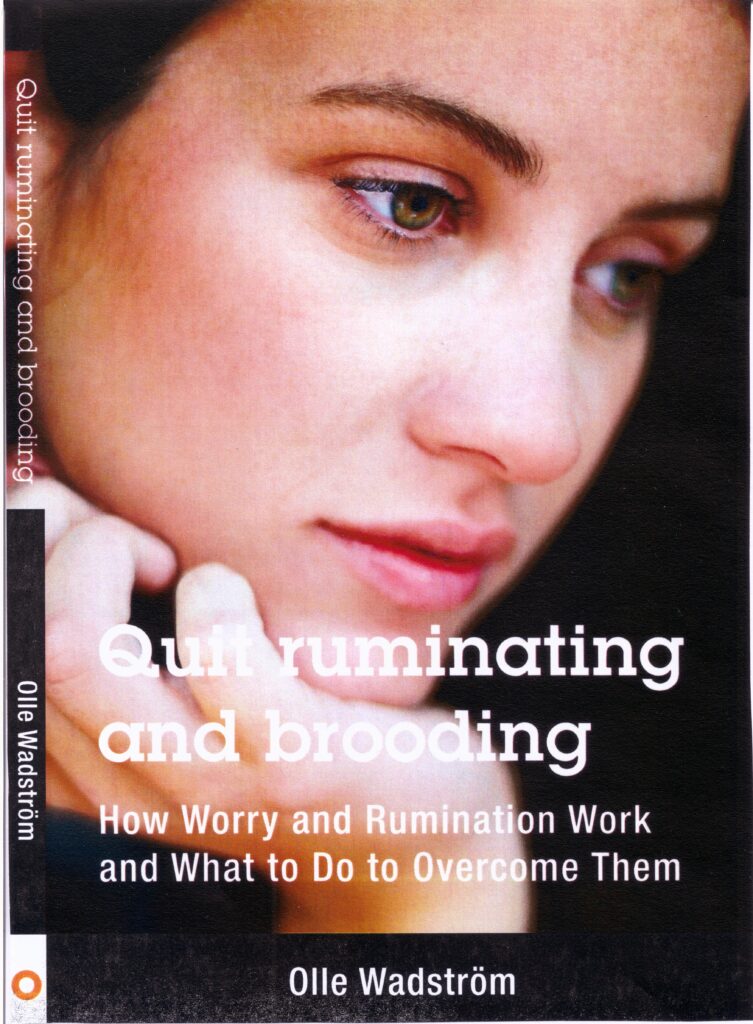
Hello Olle,
I bought your book about rumination and anxiety recently. I wish I had read it twenty years ago. It has given me understanding and tools to work with. Thank you.
In a letter from a becoming patient:
“….. I started to read Steven Hayes book about rumination, but his book was too difficult and in December I had a mental slump. I continued to ruminate and could not understand why I felt so bad.
In the beginning of January, I read your book and much fell into place. Suddenly I understood that what my friends, my fiancé and my therapist had been doing was wrong.”

“When I read the book finally very much fell into place. It seemed to be written about me. I recognized myself in the description of the ruminating. Immediately after I had read it, I felt a great relief. Suddenly I understood why I have felt so bad – I had been ruminating. Thousand thanks!”
Comment to a study where 140 ruminators were treated with amazing results via internet with the method described in “Quit ruminating and brooding”. Quote from a personal mail to the author from one of the researchers:
“Still better is that the results prevail in the 4 months follow up. What an incredible treatment model you have invented Olle!”
Erik M Andersson, lic psychologist, PhD
The Karolinska Institutet Stockholm
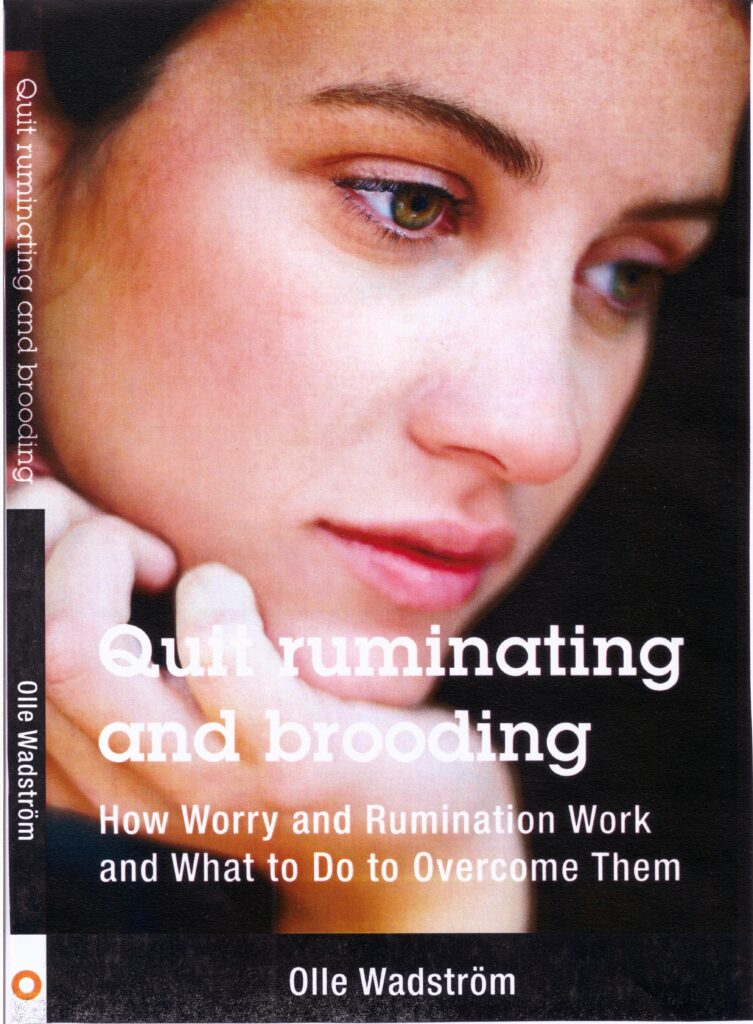



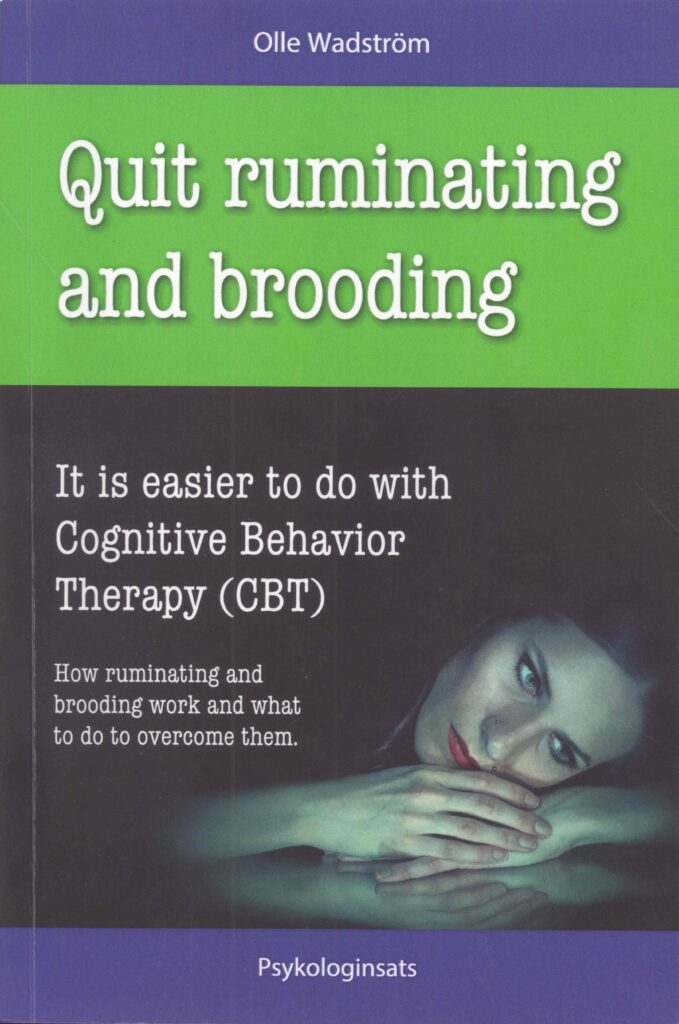
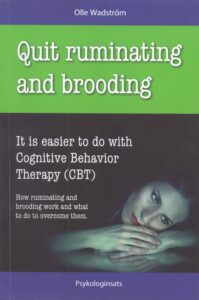 When Albert had become conditioned to be afraid of the rabbit he escaped in any way possible from his white rabbit. With his safety-behaviors, he kept his conditioned fear alive, and another thing also happened. His fear spread to other rabbit-like objects. He was frightened by a white rat, later he was frightened by a piece of white cotton waste, and even a man with a great white beard. This is called generalization.
When Albert had become conditioned to be afraid of the rabbit he escaped in any way possible from his white rabbit. With his safety-behaviors, he kept his conditioned fear alive, and another thing also happened. His fear spread to other rabbit-like objects. He was frightened by a white rat, later he was frightened by a piece of white cotton waste, and even a man with a great white beard. This is called generalization.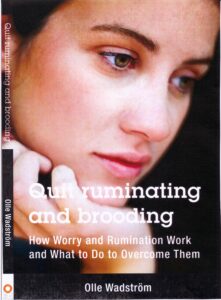 human beings become a burden.
human beings become a burden.